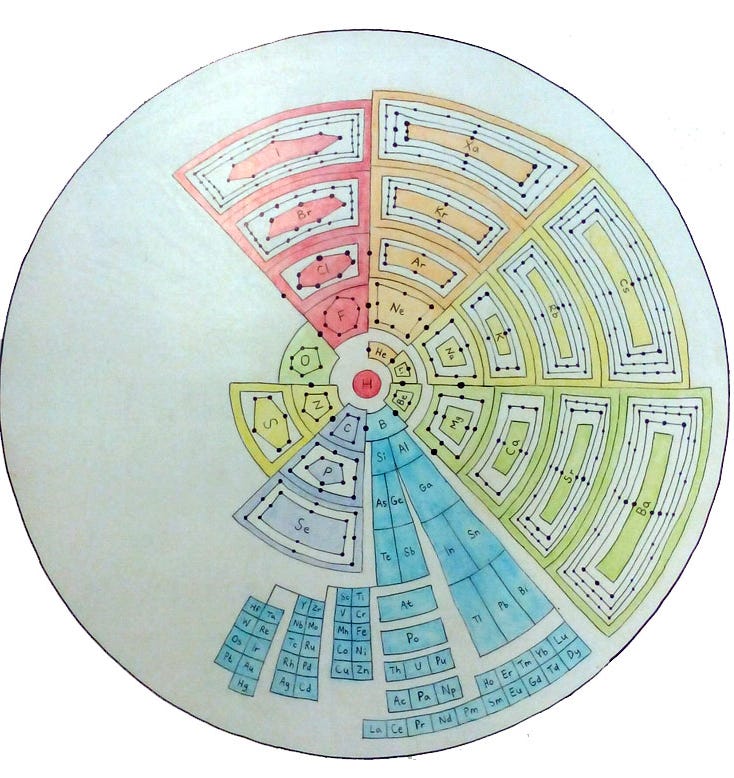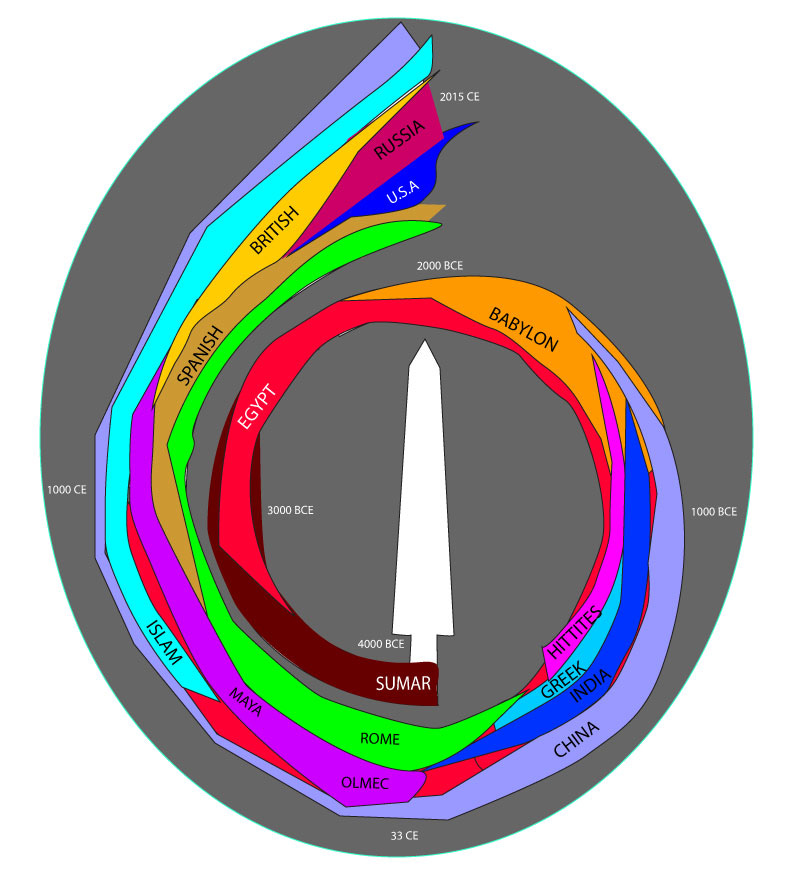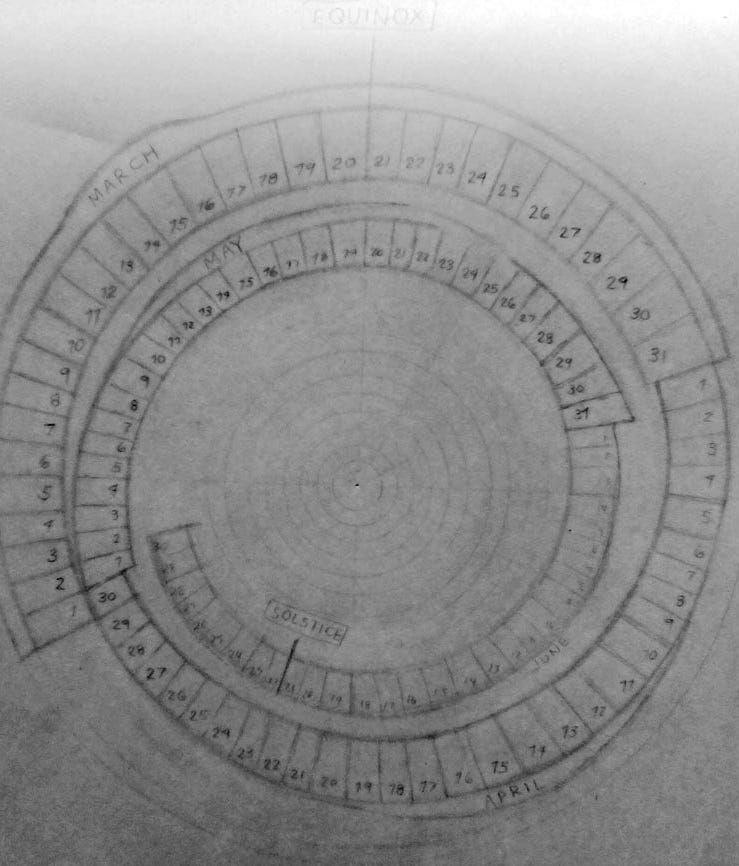At its core, an "interface" acts as a point of interaction between diverse systems, subjects, or entities, facilitating communication and integration. This concept encompasses various forms, including physical interfaces like computer ports and buttons, digital interfaces such as GUIs and APIs, biological interfaces like cell membranes and synapses, social interfaces represented by languages and cultural norms, conceptual interfaces like letters and maps, and natural interfaces such as shorelines and forest edges. Across these examples, the interface serves as a versatile mediator, enabling exchanges and interactions across different realms and disciplines.
The primary challenge facing us today lies not in the abundance of data but in its organization. The concept of designing spiral interfaces may hold promise in our efforts to streamline information presentation. This endeavor could enhance the accessibility and readability of content while also fostering improved retention and comprehension among users. Additionally, this exploration seeks to uncover novel patterns and insights that may emerge from the unique spatial arrangement inherent in spiral layouts.
Consider the above sketch of the periodic table in spiral format. While there are many people who have created alternative versions of the periodic table, including spirals, this particular spiral focuses on illustrating electron shells. This is a blueprint for a user interface that can be interacted with through clicks to access additional information. Additionally, scrolling is facilitated through a three-dimensional zoom feature rather than traditional up and down movements.
Consider this Monotheism interface above. Instead of studying the Bible through a conventional index, a spiral index offers an innovative approach by presenting timelines. By adopting a spiral index, users can seamlessly explore the chronology of biblical narratives, gaining deeper insights into the interconnections of biblical stories and their relevance to various historical epochs.
The image above presents yet another spiral representation of information regarding world empires, aiding in contextualizing historical events. This visualization technique enables viewers to gain a deeper understanding of the historical landscape. Each quarter turn around the spiral signifies a millennium, offering a succinct yet comprehensive overview of the progression of history.
In today's modern world, spiral interfaces are uncommon. It took years for people to become accustomed to using the scrollbar, and the same adjustment period may apply to navigating spiral interfaces. Designing spiral interfaces poses significantly greater challenges than traditional ones based on Cartesian coordinates. However, the spiral shape offers the advantage of compactly condensing more information into a smaller space. Nature often employs spirals, suggesting that mimicking natural patterns could enhance how we organize our data.
Pāṇini, renowned for his Sanskrit grammar, authored the "Ashtadhyayi," or "eight chapters," a seminal grammatical treatise. It laid the foundational framework for understanding Sanskrit's structure and rules, influencing diverse fields such as mathematics and computer science. There's potential for a fresh perspective in grammar, drawing inspiration from Pāṇini's innovative techniques, perhaps incorporating elements reminiscent of a spiral approach.
C is a keyboard layout designed for Latin-script alphabets, named after the sequence of the first six keys on the top letter row (Q W E R T Y). However, for our new alphabet consisting of over 100 letters, significant adaptations will be necessary. The keyboard layout will require utilization of the shift, control, and alt keys to accommodate the expanded set of characters beyond the standard 26 letters. This adjustment marks one of the most substantial changes in creating new symbols.
These examples highlight the versatile nature of the term "interface," showcasing its broader application beyond its conventional association with technology. In each instance, the interface functions as a facilitator or medium for enabling interaction, communication, or integration between distinct entities. Cuneiform was adept for clay tablets, Latin served well for papyrus scrolls, but with the advent of the computer screen, we are presented with boundless opportunities for the creation of new letterforms and alphabets, unlocking unparalleled potential for communication and expression.






